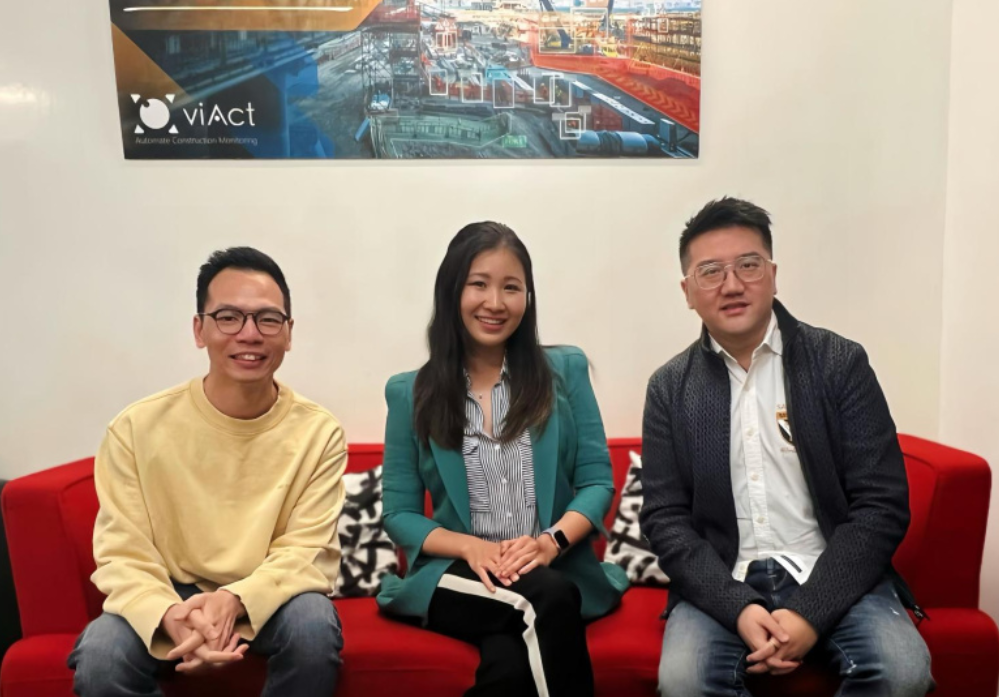A study involving researchers from MIT CSAIL, MIT Sloan, The Productivity Institute, and IBM’s Institute for Business Value offers a nuanced perspective on the role of AI in job automation, particularly in the context of computer vision tasks.
The team behind this study includes Brian C. Goehring, Associate Partner and AI Research Lead at IBM’s Institute for Business Value, Maja Svanberg, an affiliate researcher from Thompson’s FutureTech Research Project, and Wensu Li, a postdoc from Sloan School’s Initiative on the Digital Economy (IDE). Their research, funded by the MIT-IBM Watson AI Lab, is under review at a journal and offers valuable insights for both the tech industry and policymakers in understanding and shaping the future of AI and employment.
The collaboration has resulted in a groundbreaking analysis, diverging from generalized predictions about AI’s impact on employment to a detailed examination of its economic feasibility in specific workplace roles.
The core finding of the study is quite revealing: only about 23 percent of vision-related tasks are economically viable to be automated by AI. This suggests that AI might not be the ubiquitous job replacer it’s often feared to be, as its practical application is limited to a quarter of jobs where vision is crucial. The research stands out due to its comprehensive analytical framework, assessing not only the technical capabilities of AI but also the economic factors involved in deploying such technologies.
“This indicates a more gradual integration of AI into various sectors, contrasting with the often hypothesized rapid AI-driven job displacement,” said Neil Thompson, Principal Investigator at MIT CSAIL and the Initiative on the Digital Economy. “We placed our focus on the field of computer vision, an area where cost modeling has seen significant advancements.”
The experience with computer vision models has provided ample data to assess both performance and economic viability. However, the data surrounding emerging large language models is still evolving. Insights from computer vision suggest that the future of language models may involve decreasing costs and an industry shift towards AI solutions as a service, potentially reducing the need for significant capital investments.
The study also explores how changes in AI system costs could affect the rate of automation. A significant reduction in costs could lead to faster adoption of AI, impacting job markets more rapidly. However, factors like increased computing requirements, data scarcity, or a lack of skilled workers could slow down this transition, allowing industries and workers more time to adapt.
“As AI continues to advance and reshape industries, we hope that the findings from this study will be a pivotal reference, guiding future explorations and policy-making in the ever-evolving intersection of technology, economics, and the labor market to help navigate the challenges and opportunities presented by the ongoing integration of AI into the workplace,” said Thompson.
Beyond the economic implications, the study touches upon societal impacts, including workforce retraining and policy development. It suggests that as AI automates certain jobs, new roles focused on AI system management, maintenance, and improvement will emerge, as well as roles where human skills are paramount.
The researchers also foresee a potential boost in productivity, employment, and income growth, leading to an overall improvement in living standards. They highlight emerging business models that leverage AI, like NavTech’s diamond classification tool for jewelers and NVDIA’s autonomous vehicle platform, which reduces the need for individual manufacturers to develop complex AI technologies.






